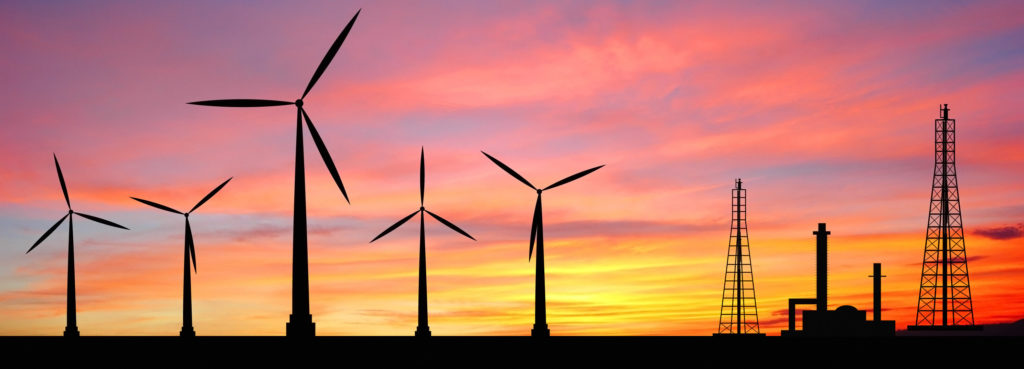In today’s talking points: Growth in Tasmania’s Mining Sector; Rio Tinto’s Amrun Project Nears Completion; China to accelerate expansion of oil and gas networks; China to lead renewable energy production in 2016.
Growth in Tasmania’s Mining Sector
Mining in Tasmania has continued to grow, with a 24.4 million dollar mining royalties increase on the 2015-16 year. Around 50 percent of Tasmania’s exports are mining commodities, contributing a large portion to the state government revenue. Tasmanian minister for resources Guy Barnett said the industry was rebounding strongly from low global commodity prices. There is also a positive outlook on a number of mining projects in Tasmania, with the government investing $9.5 million in order to bring forward the potential restart of the Mt Lyell mine. Tasmania Minerals and Energy Council (TMEC) chief executive Wayne Bould signaled that the state’s industry was starting to see positives from key mining developments.
Read more at: australianmining.com
Rio Tinto’s Amrun Project Nears Completion
Rio Tinto’s $2.6 billion Amrun bauxite project is nearing one third complete, with the project providing nearly 1000 jobs onsite. The project, which features a processing plant and bauxite stockpiles, warehouses, a power station and new barge, ferry and ship loading facilities has spent over $1 billion with local Queensland suppliers. Rio recently awarded Aggreko AusPac a $100 million contract to construct and operate a 20MW power station at the site. During the development of the Amrun project Rio Tinto has also awarded several mining services contracts. Fultan Hogan, Civmec and Sodexo were some of the companies awarded construction and services contracts for Amrun. Rio Tinto CEO Jean-Sebastien Jacques met with the Queensland Premier Annastacia Palaszczuk, who welcomed the company’s commitment to the site and its engagement with local suppliers.
Read more at: australianmining.com
China to accelerate the expansion of oil and gas networks
Top economic and energy planners are looking to speed up the expansion of oil and gas distribution in China for energy security and to support industry growth. The expansion will focus on the northeast, northwest and southwest regions in China which lacks distribution channels to export oil and gas but has increasing demand. According to the plan by National Development and Reform Commission and the National Energy Administration, China will have an oil and gas distribution network spanning 240,000 kilometres by 2025. The oil distribution channels will reach more than 1 million residents, while the gas distribution channels will cover 500,000 residents by 2025. By improving the energy supply network, heavy machinery and engineering industries are expected to experience a boost. With more advanced technology, China looks to digitise the networks in order to maintain the tunnels and to help deal with natural disasters.
Read more at: Shanghai Daily
China – the leading producer of renewable energy 2016
According to the most recent BP Statistical Review of World Energy, China is the leading producer of renewable energy in 2016. Last year, there was a 14.1% increase in renewable power – one of the largest increments recorded. China contributed to 40% of the total global growth of renewable energy in 2016, surpassing the United States as the biggest producer. China was also the main producer of hydro and nuclear power. Global hydro power grew by 2.8% within a year in 2016, with China contributing 40% of the growth. Furthermore, global nuclear power rose by 1.3% with China contributing nearly all its growth. Though the BP Review revealed that the global carbon emissions increased by 0.1% in 2016, China’s carbon emissions actually fell by 0.7%. With China’s immense industrial growth the past 10 years, China has been able to slowly reduce its carbon emissions – this can be attributed to structural factors that are likely to continue.
Read more at: Shanghai Daily


